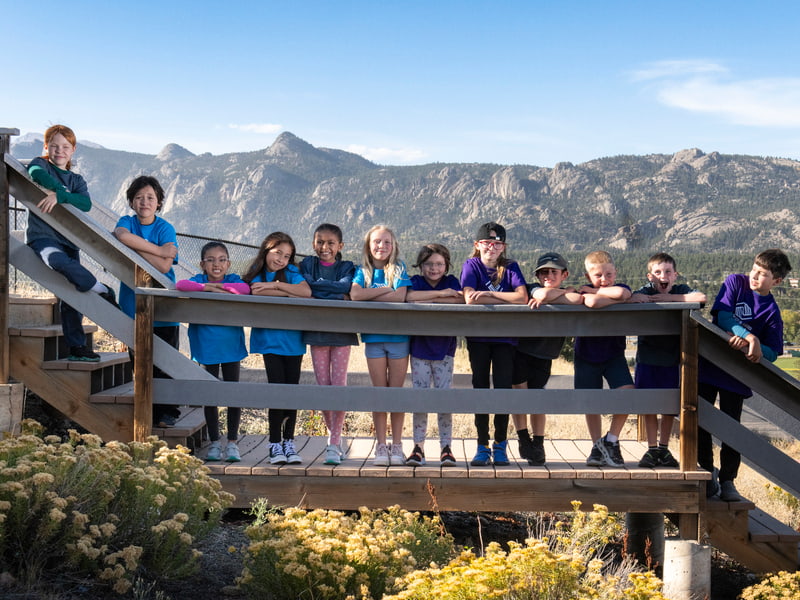
Town of Estes Park, CO
Estes Valley Lodging Tax Extension for Workforce Housing and Childcare
Population Less than 10,000
The Town of Estes Park, Colorado, in partnership with its Local Marketing District, Visit Estes Park, the Estes Park Housing Authority, and the surrounding Larimer County, joined one another in a collaborative and innovative effort to successfully pass Ballot Measure 6E: a lodging tax extension for workforce housing and childcare.
Significant challenges related to workforce housing and childcare have long been a persistent issue in the Estes Valley. Its geography, while notably scenic, leaves the Estes Valley isolated from other neighboring communities and makes its economy heavily dependent on tourists and town visitors. These conditions spur additional obstacles related to staff recruitment and retention rates. The Estes Valley has faced financial constraints and other difficulties while attempting to manage the consequences felt by its community due to challenges with infant care, affordable housing, and more.
The passing of state legislature (House Bill 22-1117) in 2022 allowed local marketing districts to use revenue received through lodging taxes to address housing and childcare issues in Colorado. This legislation acknowledged the shared challenges of housing affordability and childcare across the state, and its passing opened the door for the Estes Valley to capitalize on its unique efforts. The bill was actively supported by Estes Park as Jason Damweber, Estes Park Deputy Town Administrator (ICMA-CM), testified before the state legislature alongside staff from Visit Estes Park. The parties encouraged the passage of the bill. This moment represented and facilitated the growth of a pivotal partnership; the participation of the Valley's Local Marketing District was critical in the process of levying the tax and passing House Bill 22-1117.
Welcomed into this partnership was the surrounding Larimer County, as a necessary partner also committed to working together so the community of Estes Park may feel the effects of the new legislation back home. Much work was to be done, beginning with the assembling of a Task Force that encompassed representation from each partner- the Town of Estes Park, Visit Estes Park, and Larimer County- as well as other key stakeholders in the community representing a variety of interests. The efforts undertaken by the Lodging Tax Extension Task Force resulted in the recommendations of asking voters within the local marketing district boundaries for an increased lodging tax to raise funds for local housing and childcare needs, using revenue raised to directly address housing and childcare challenges, and the granting responsibility of management of the collected funds by the local marketing district to the Town of Estes Park.
With the intention to gain support for a local ballot measure, the partnership continued its unified approach and focused on increasing advocacy and education about the impacts of the measure should it be successful. Outreach to the community was highly successful with the support of local groups such as the Estes Park Housing Authority, EVICS Family Resource Center, local businesses and nonprofits, various media outlets, childcare and healthcare providers, and many more. The strategic communications plan of Visit Estes Park allowed for a notably impactful marketing campaign that spotlighted key benefits of the ballot measure.
Ballot Measure 6E passed due to the dedicated efforts of the partnership and the mobilization of a passionate community. In 2024, $5.6 million was allocated to expanding workforce housing and childcare opportunities. Several hundred new housing units have been preserved or constructed to accommodate local employees. Workforce assistance initiatives have contributed to increased staff compensation and improved employee retention. Childcare support measures- including tuition assistance programs and the acquisition of a municipal childcare facility- have already produced positive results. These successful outcomes represent the power of community partnerships, collaboration, and innovation should local government leaders, individuals, community stakeholders, and residents come together in the name of creating meaningful change.
